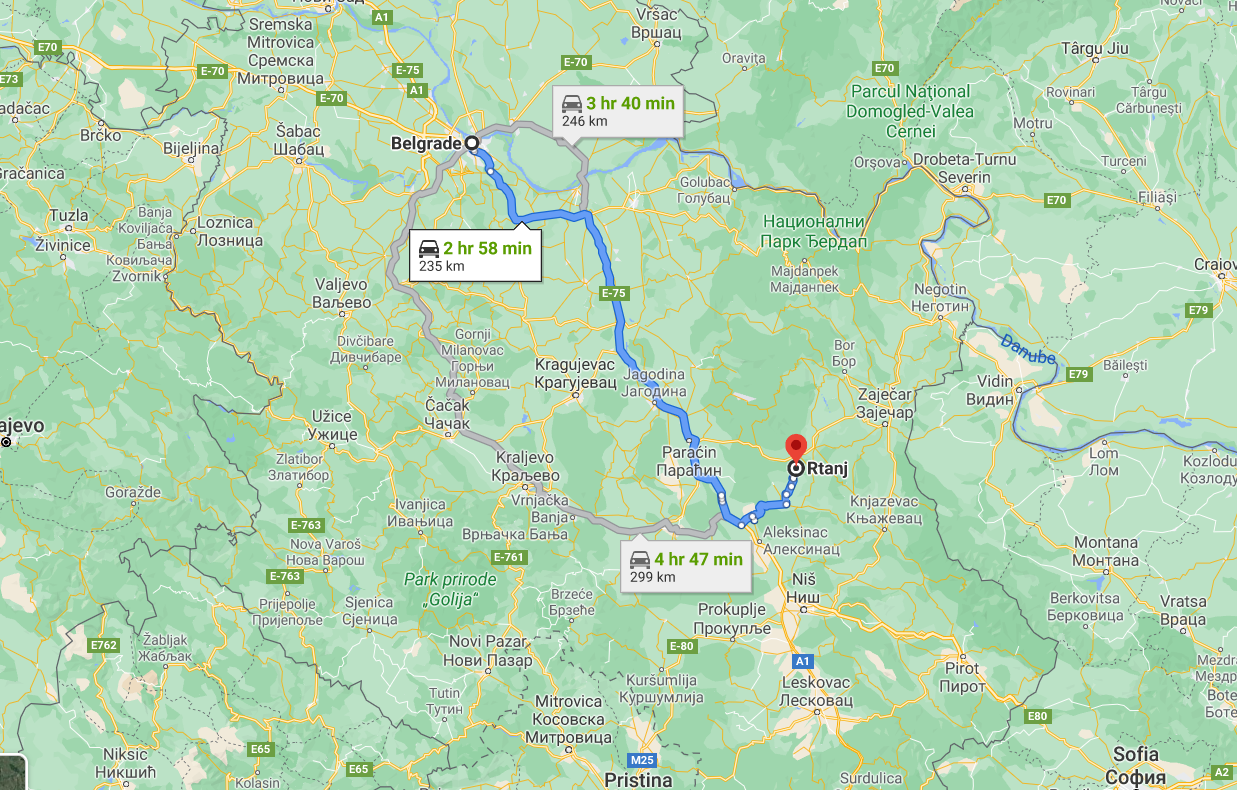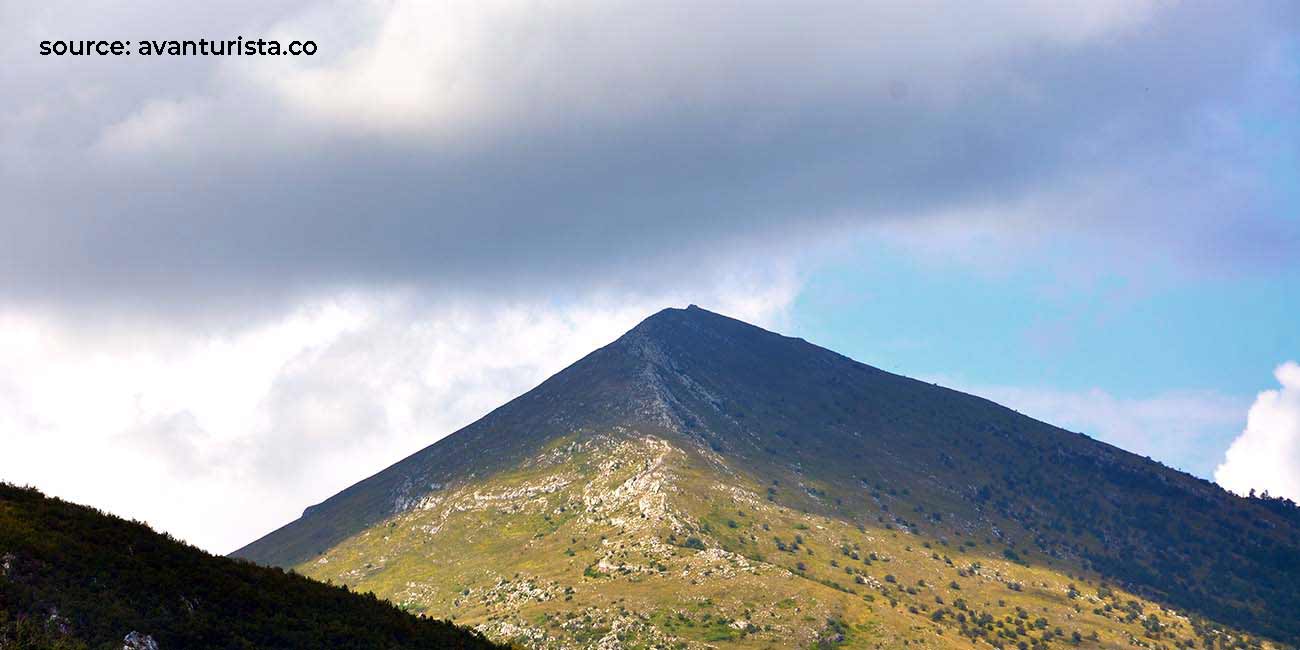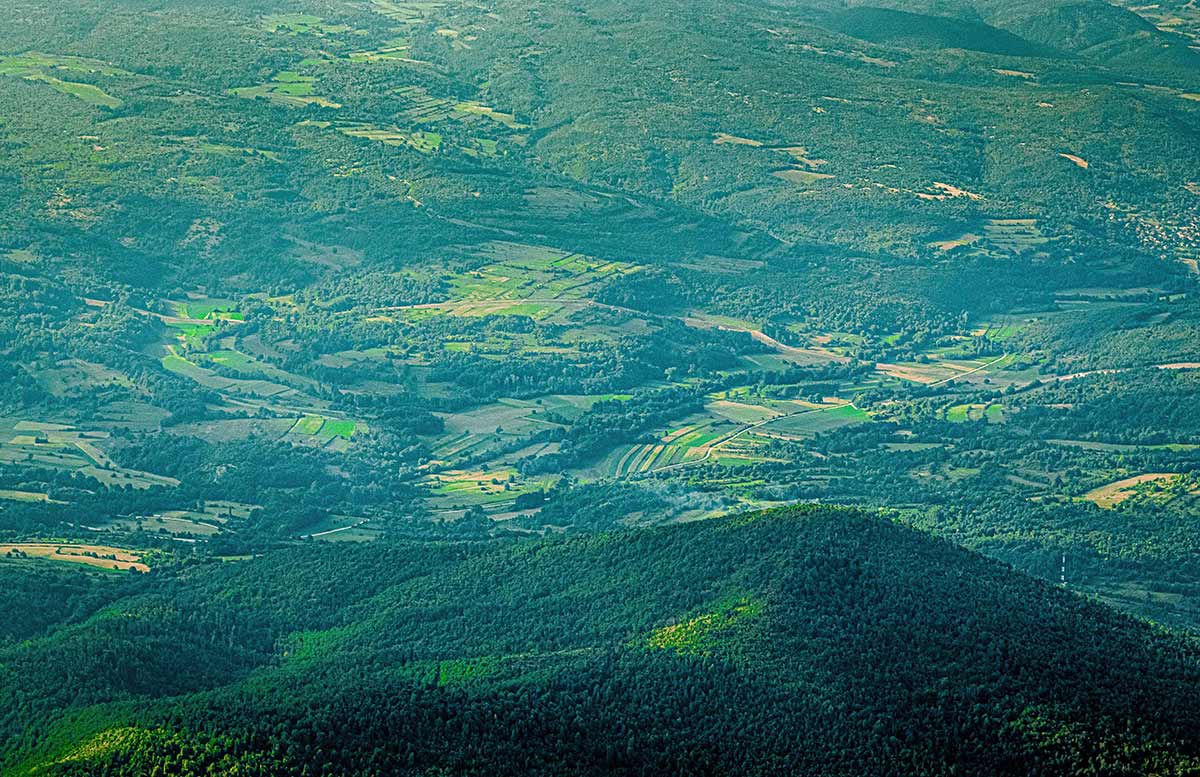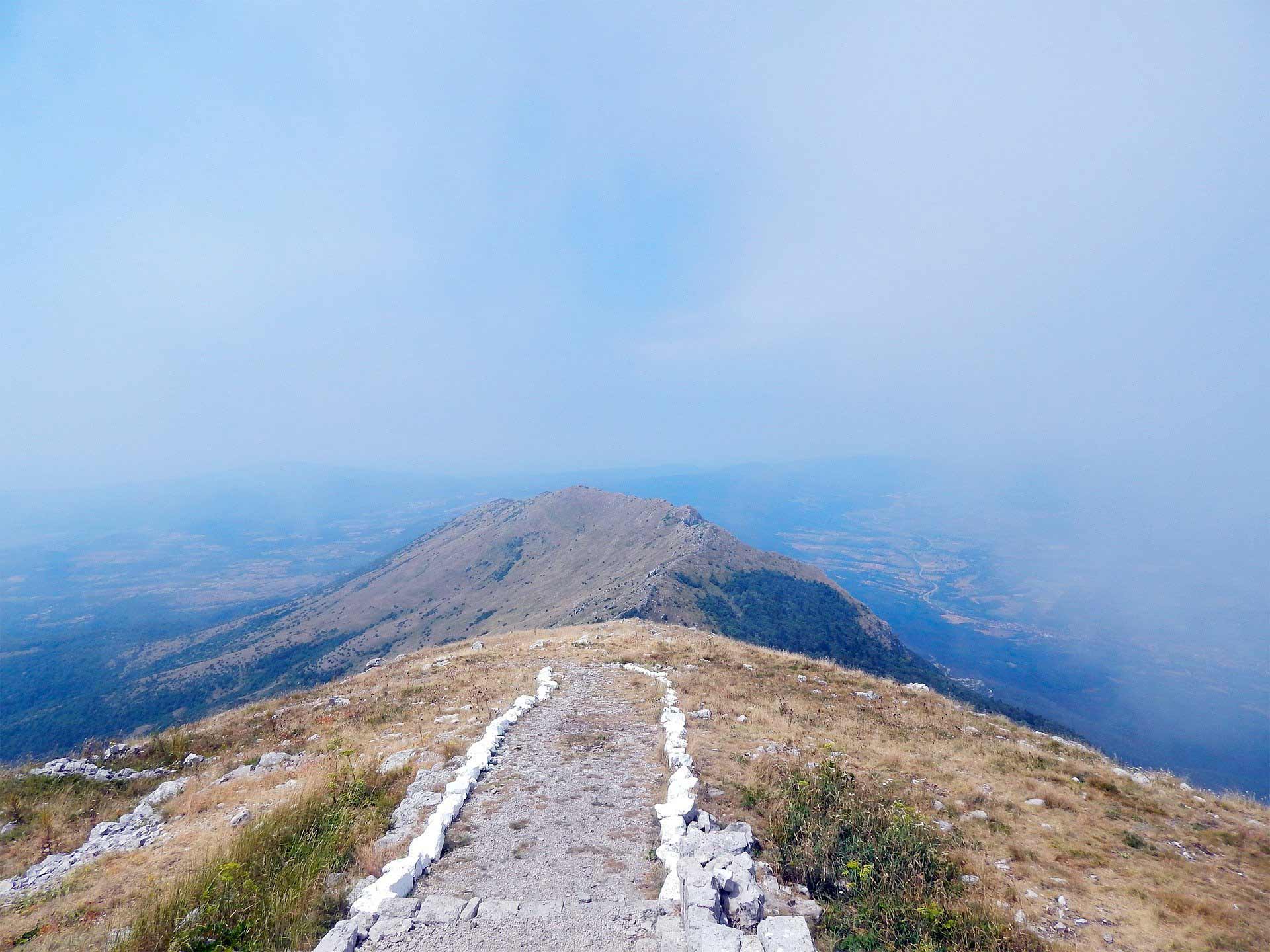Rtanj
A real natural gem is located in eastern Serbia. It is approximately 250 km away from Belgrade and belongs to the system of the Carpathian Mountains. Due to its specific karst relief, the formed arrangement of rocks had a very large impact on the development of vegetation, as well as on water sources and the shape of Rtanj itself. The specific shape of Rtanj is reflected in the wide, massive base, which narrows significantly towards the top and forms a pyramidal shape. When we look at Rtanj from the north or south, it rises like a long ridge, in a trapezoidal shape.
You can reach Rtanj from Belgrade the fastest, on the E-75 highway in a little less than 3 hours. There are also alternative routes, which significantly extend the journey.

Rtanj - geographical characteristics
Rtanj belongs to the Carpathian-Balkan mountain system. It rises abruptly from the plain and ends in an almost regular pile. This geographical structure has led many to believe that the Rtanj pyramid is similar to the neighboring famous "pyramid" in Bosnia. Rtanj is composed mainly of sandstone and rocks at its base, while limestone materials are most present in the higher parts. Observed from the south, it has slight slopes, and towards the foot, there is a plateau that descends in a slightly gentle fall like Soko Banja. On the northern side, Rtanj is "dramatically" cut with a sharp ridge at the top. On the eastern side of Rtanj, rises the main and highest peak Šiljak. The highest peak of Rtanj is Šiljak with a height of 1565 meters.
The geomorphology of Rtanj is very complex because 4 different geological periods practically meet on Rtanj. Numerous landslides and the interference of different types of rocks in a single mountain system have made the government create geological "chaos" on and around Rtanj. The valley of the Black River stretches from the northern side of Rtanj. It is characterized by extremely eruptive rocks full of andesite. The limestone rocks of the Southern Carpathians can be seen above it. The colorful geomorphological picture is completed by the dolomite belt, which is located in the belt between 750 and 900 m.

Rtanj, with its spacious base, oriented to all four corners of the world, stands out as a massif from the mountain system of Serbia. The limestone rocks of Rtnja largely determined its structure, giving it a characteristic appearance. The northern side of Rtnja is steep, and in the upper karst part, it is full of cliffs and sections. Its southern side is much milder, towards the Sokobanj valley. The eastern side is with a ridge, from which the main sharp peak rises, forming a real pyramid composed of limestone and cliffs, which collapses into the depths, to the north and east.
The peaks of the Rtanj mountain form a stepped-mountain form, whose position of the peaks makes an equilateral triangle. The highest peak Šiljak stands out as the central pyramid, Kusak is the conical end of the ridge, and the third elliptical peak Baba.
Nature on the mountain Rtanj
In 2018, Mount Rtanj received the status of a Special Nature Reserve. The complete area with a characteristic shape and geography with a size of 4 997 17 01 ha, is home to numerous relict and endemic species of flora and fauna. The specific composition of the relief conditioned the formation of a specific composition of flora and fauna. As much as 18% of the total number of all types of flora present on the territory of Serbia. Beech is present on the southern slopes of Rtanj, subalpine shrubby vegetation is present in the highest parts, while the endemic species "Rtanjski tea" grows in the central part. This aphrodisiac herb from which the famous "Rtanjski tea" is made has become so popular that organized harvests have endangered the species, it is significantly thinning. Today, the ban on organized harvests is in force. Nepeta rtanjensis is an endemic plant species of Rtanj, while from the relict communities are present: lilac (Syringa Vulgaris), bear hazel (Corylus colurna), Pančić maklen (Acer intermedium) and maklen (Acer monspessulanum), white silver linden (Tilia tomentosa) Lungwort (Quercus pubescens) and many others.

Great biodiversity is also present in the fauna, which has conditioned the mountain Rtanj to be home to a large number of endangered species. Biodiversity is especially pronounced in the population of birds that make up 45% of the bird fauna on the territory of the Republic of Serbia and as much as 2/3 of the bat fauna is located on Rtanj (especially endangered species of small, large, and southern horseshoe bat). Ichthyofauna is rich in indigenous species such as perch, brown trout, and barbel. In the lake in the village of Vrmdža, the presence of a population of fish that did not converge and diverge was recorded.
Tourism of Rtanj

Rtanj is an attractive and very popular destination for all amateur mountaineers. From the beginning of April until the end of October, hiking tours to the top of Šiljak are organized. Of course, many enthusiasts go on this hike on their own, so we invite you to try it yourself because it is primarily a healthy and very colorful tour. After October, the weather conditions make hiking very difficult, so it is recommended only for the more experienced.
In addition to "hiking" tourism, Rtanj offers a variety of hunting tourism. Hunting grounds are rich in both small and large games. You can meet: fallow deer, mouflon, roe deer, wild boar, rabbit, wolf, fox, badger, and there are a lot of feathered game.
Also, a little less than 20 km from Rtanj is Soko Banja, which is one of the most important spa centers in Serbia.












